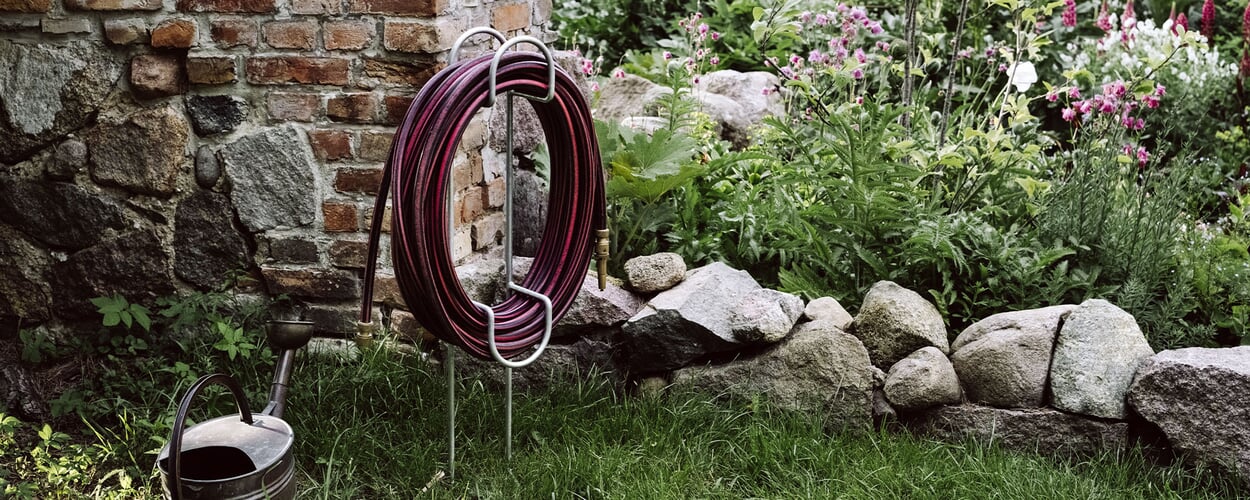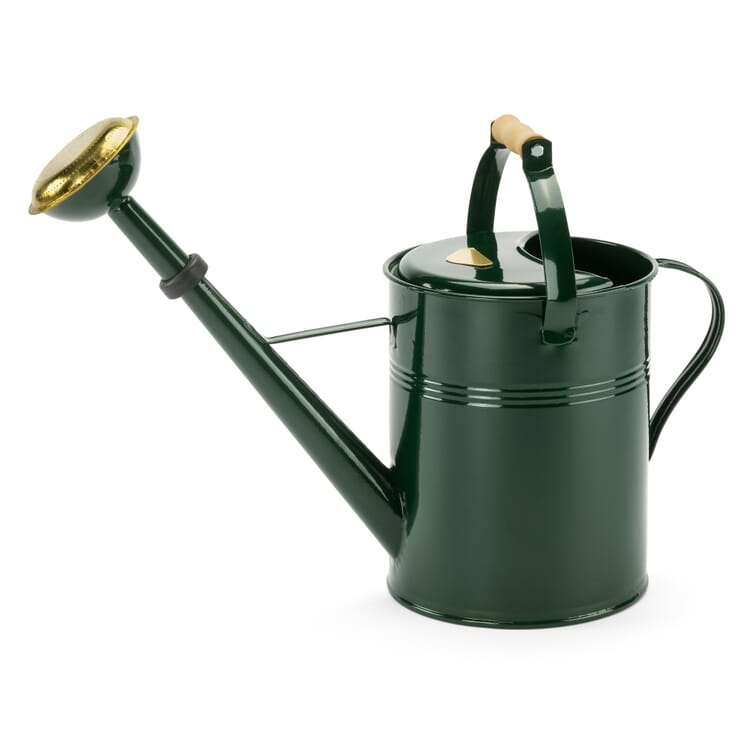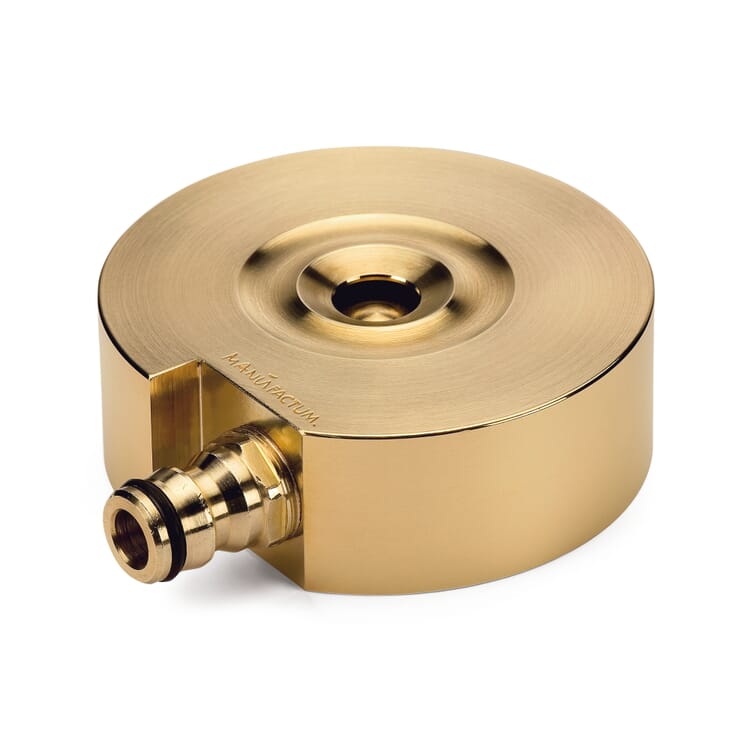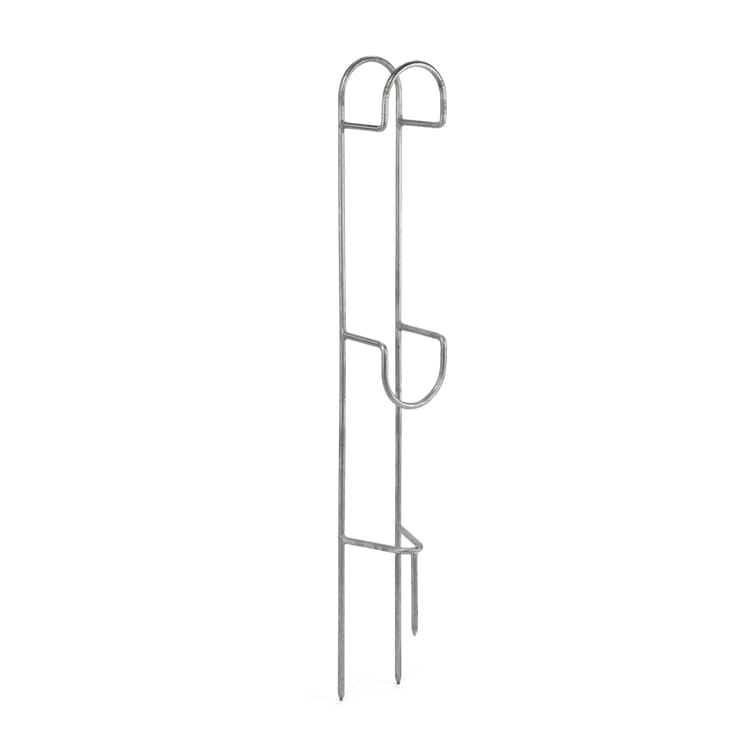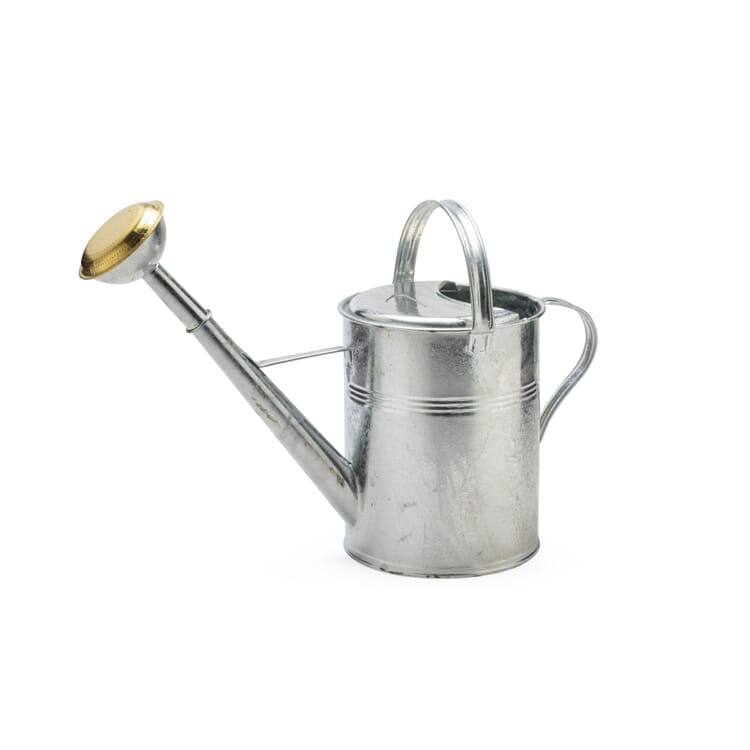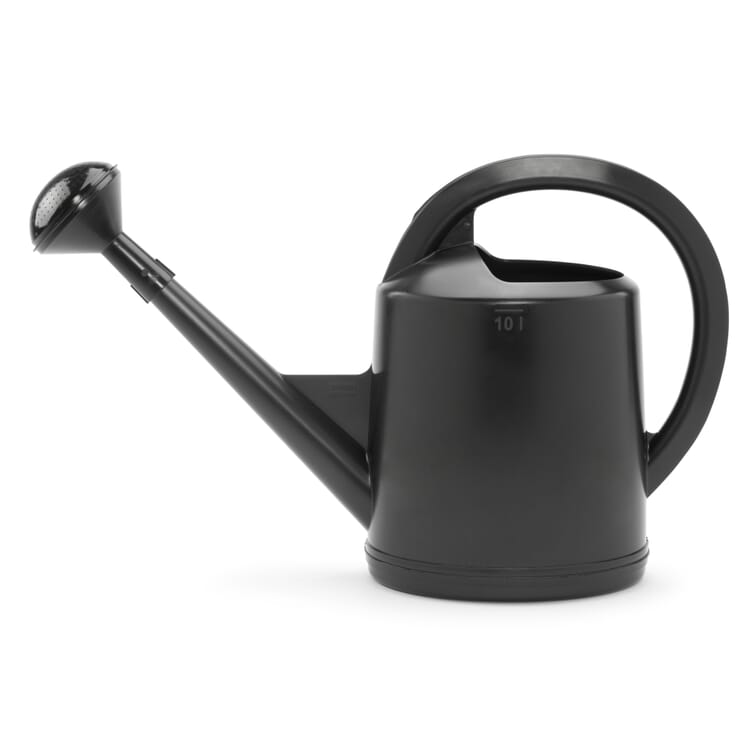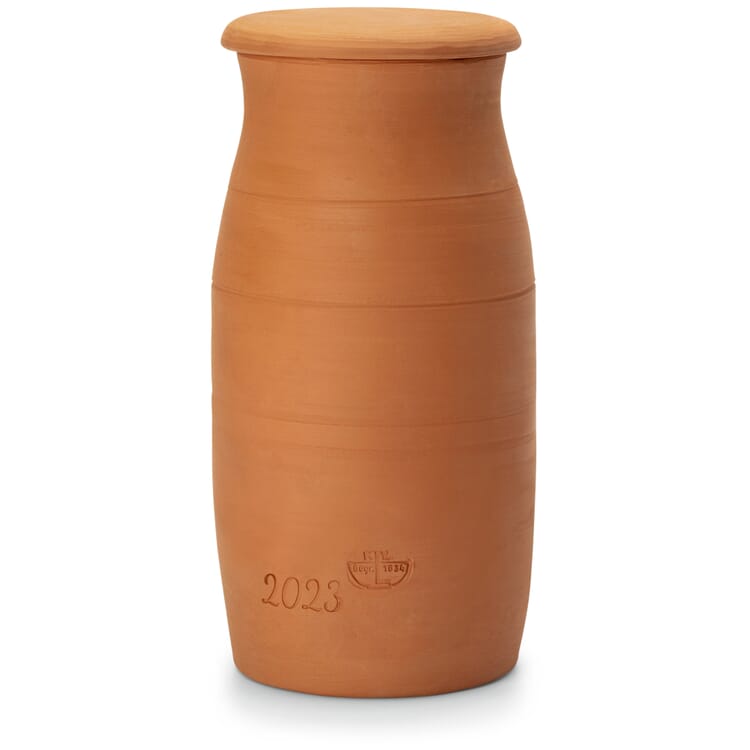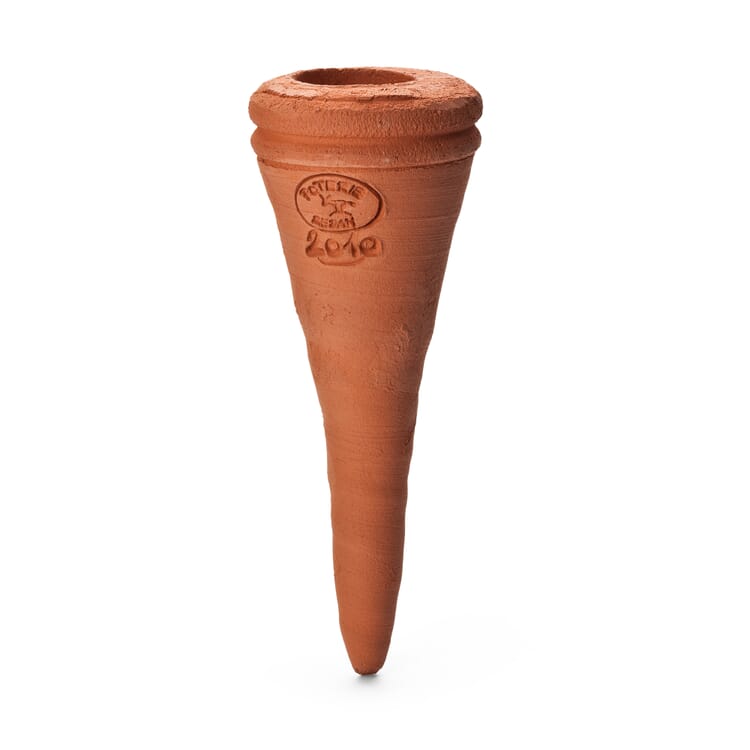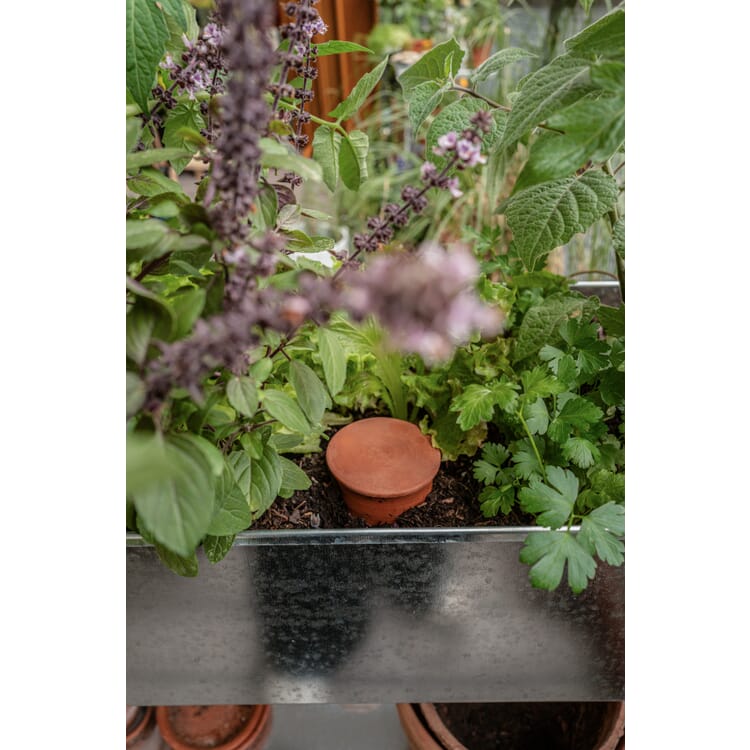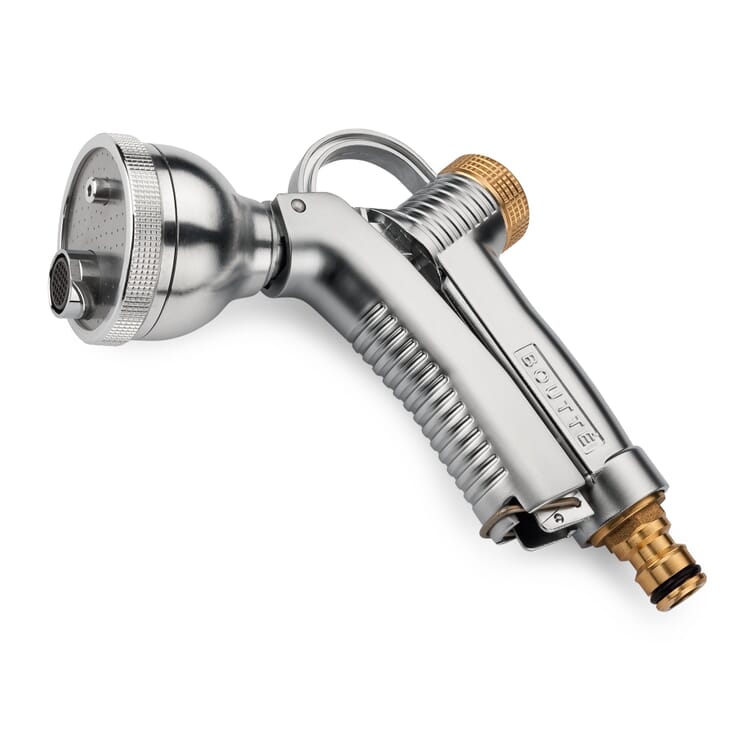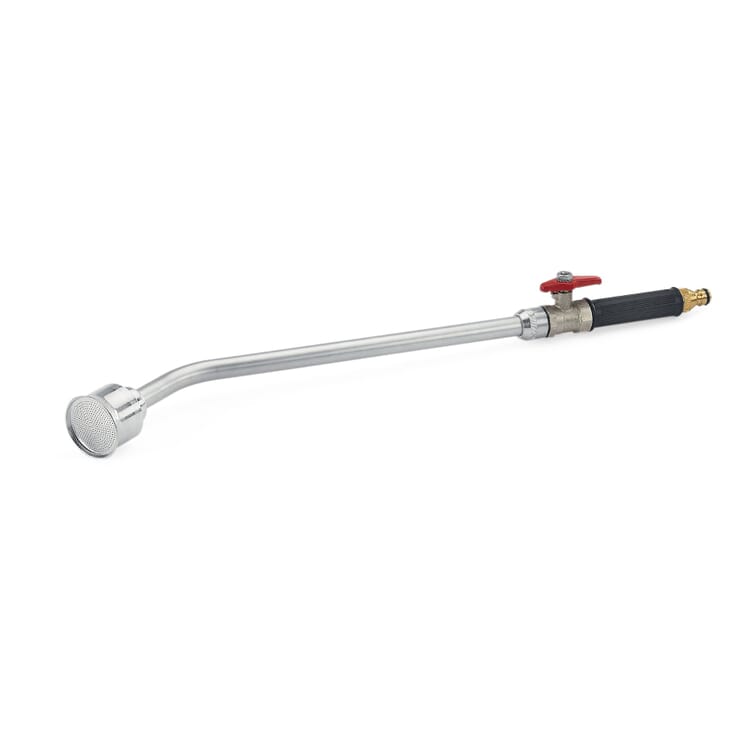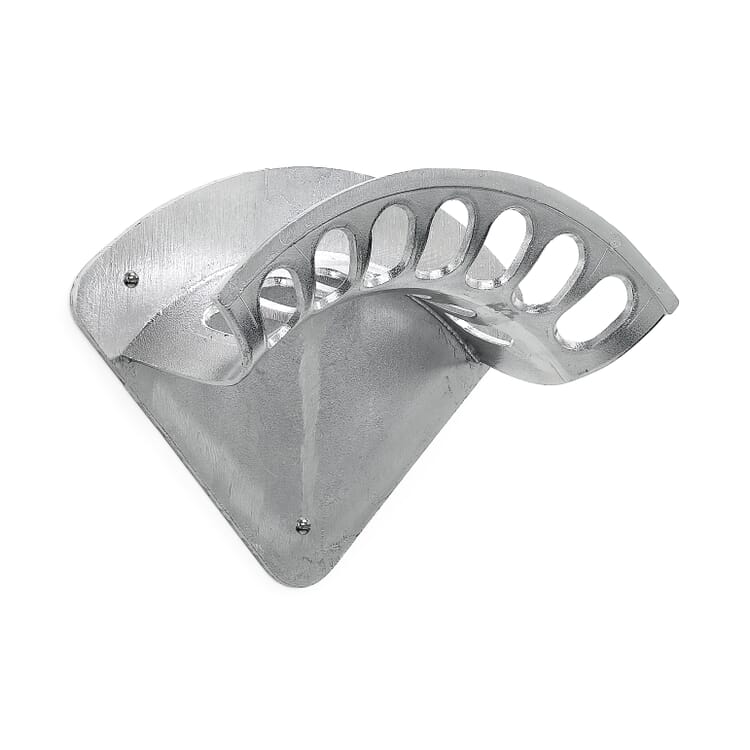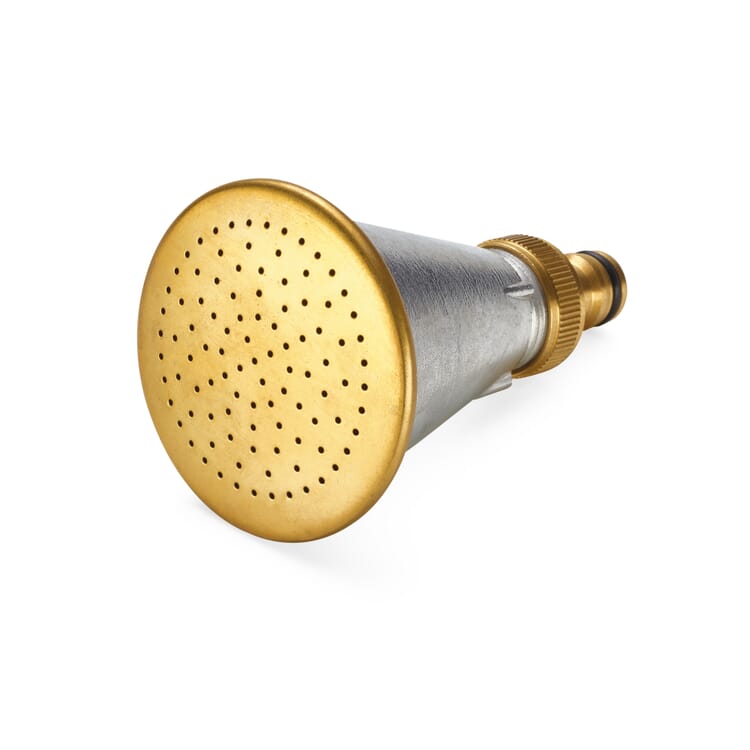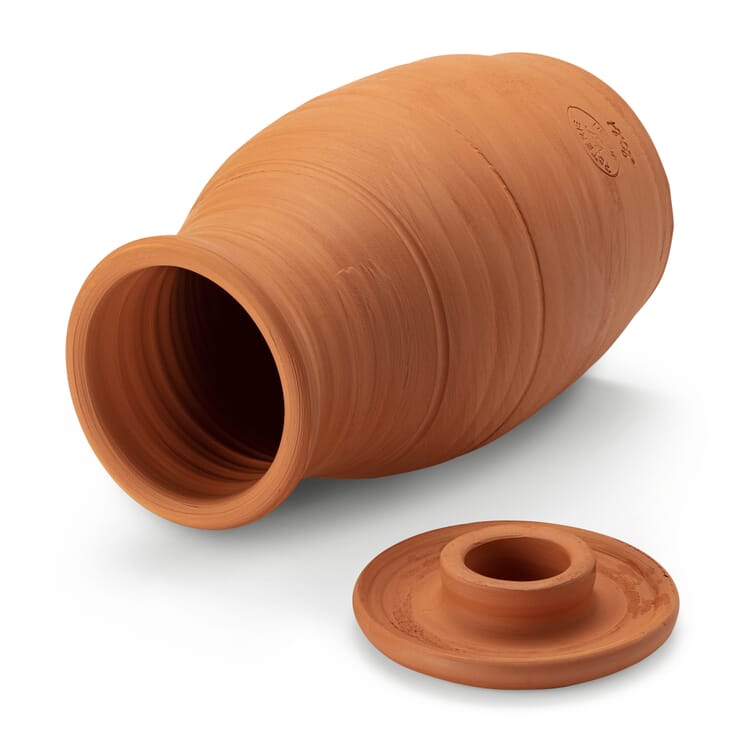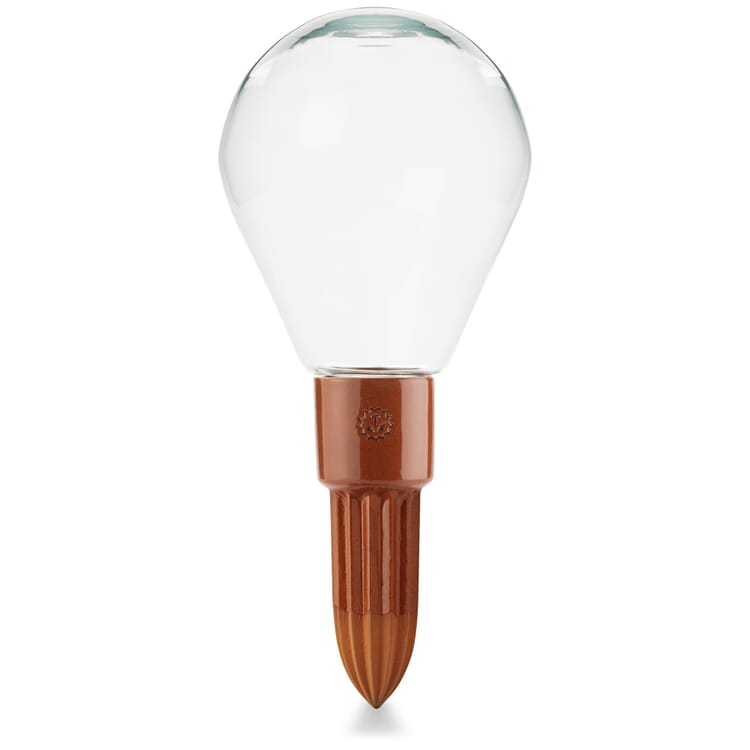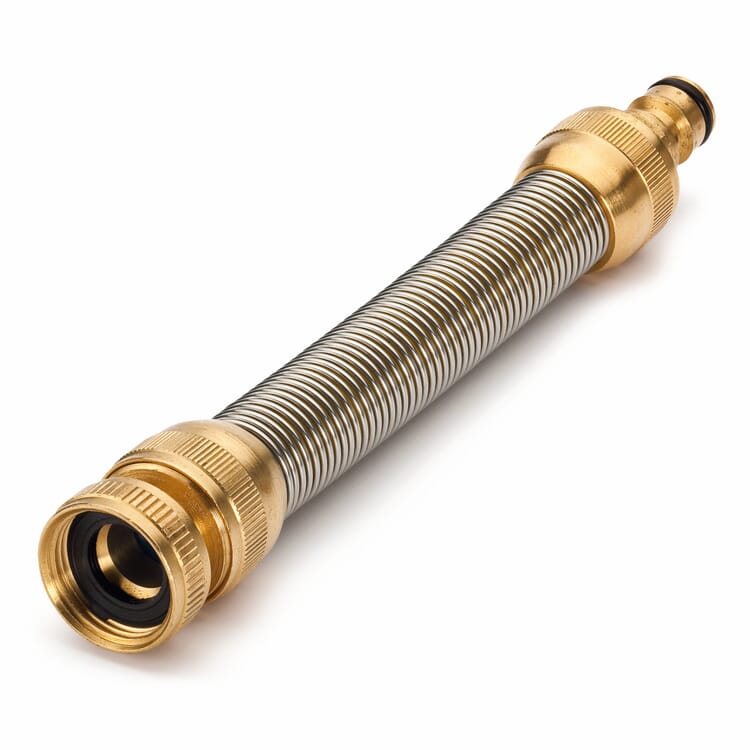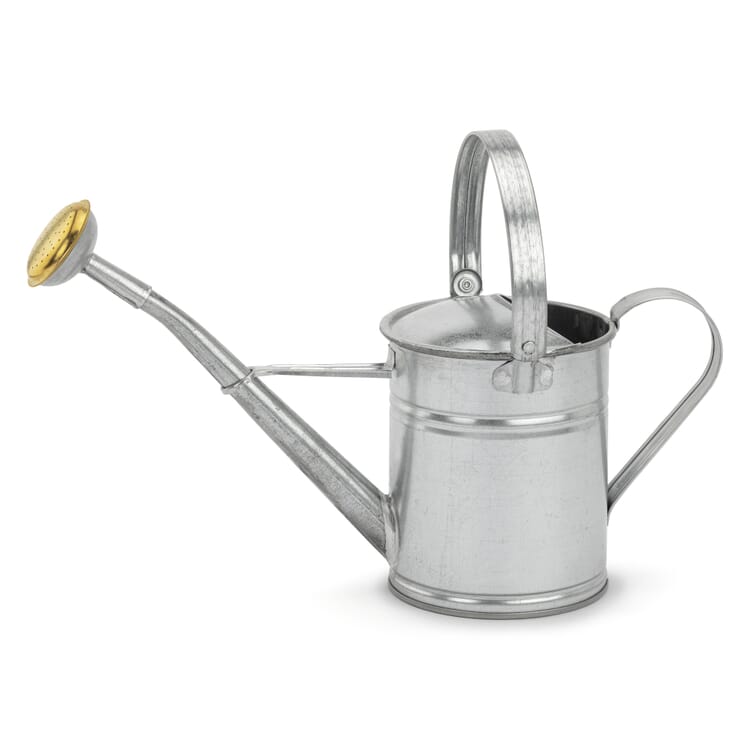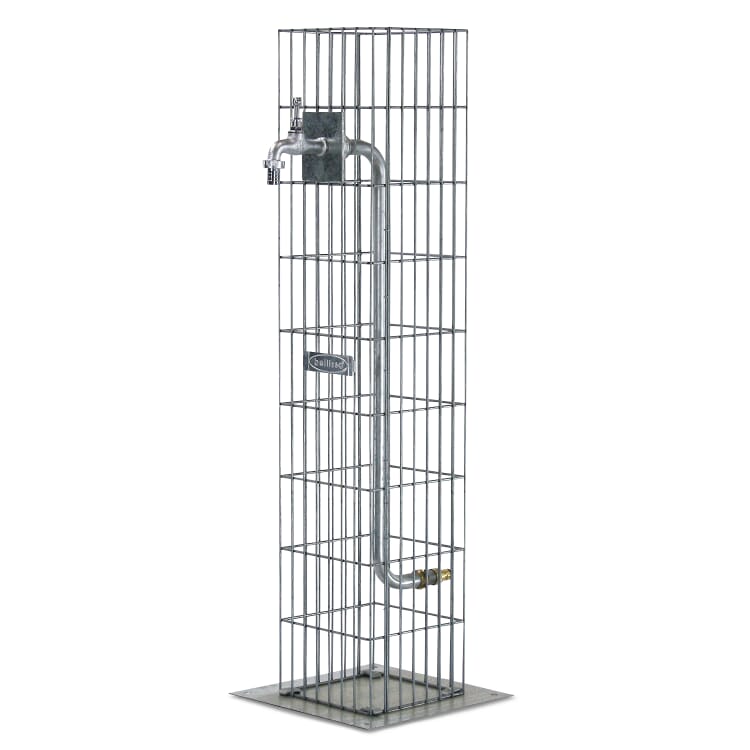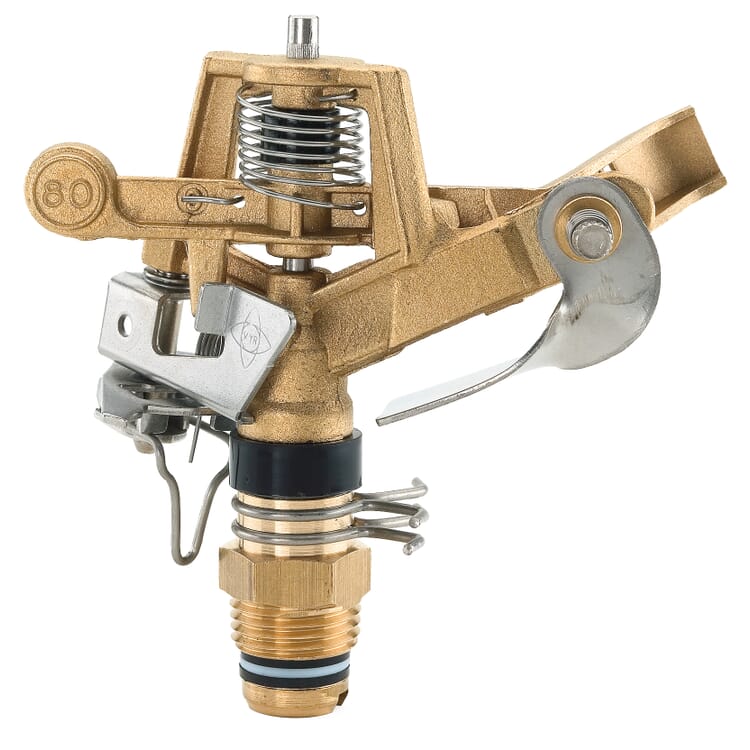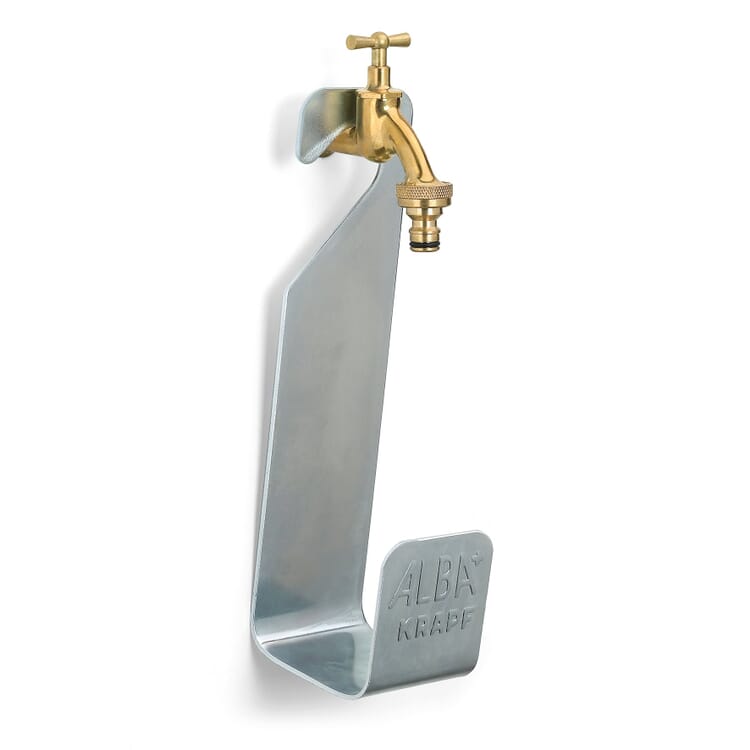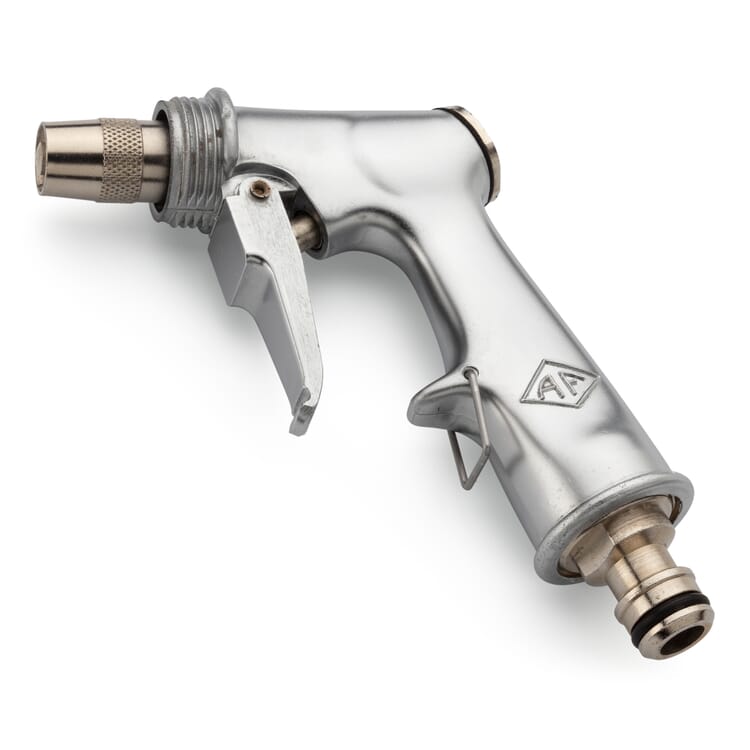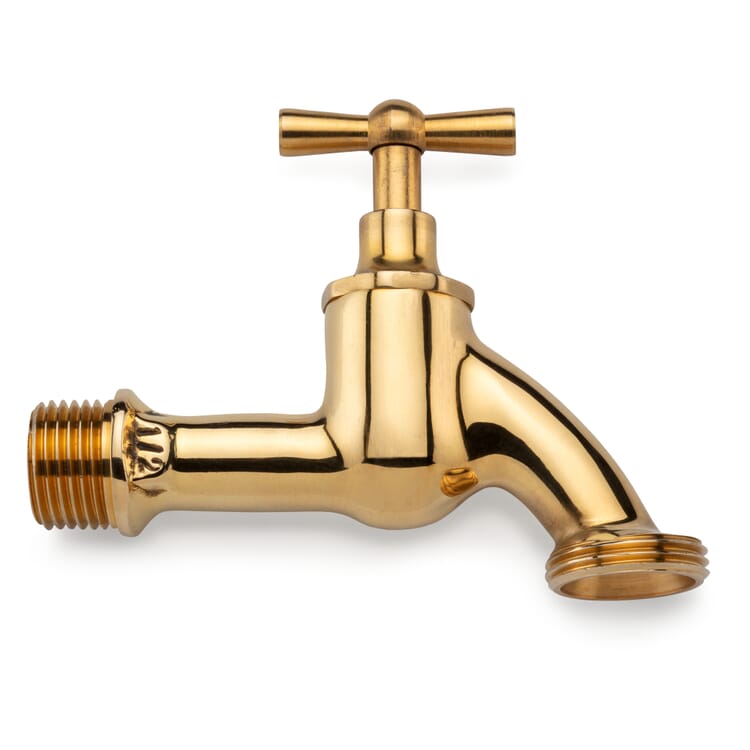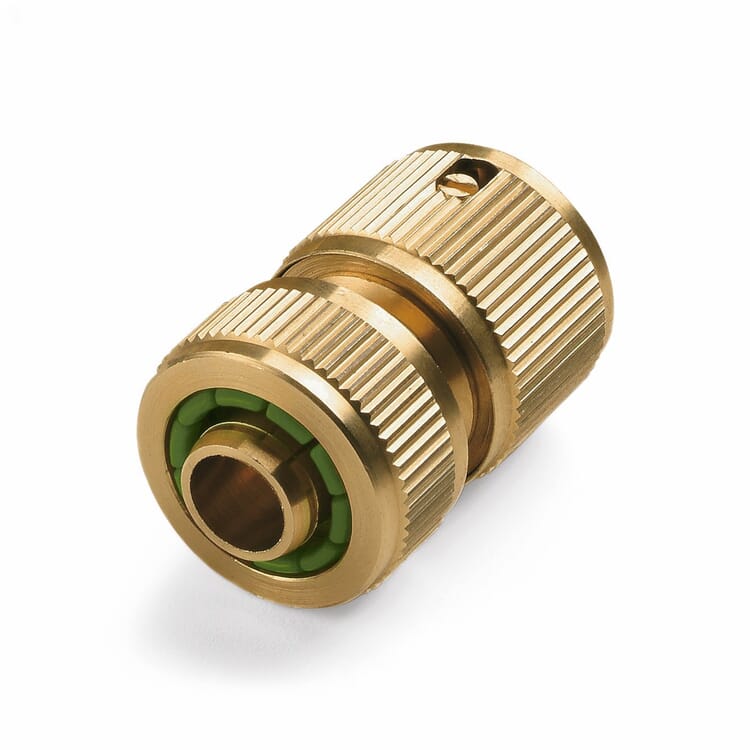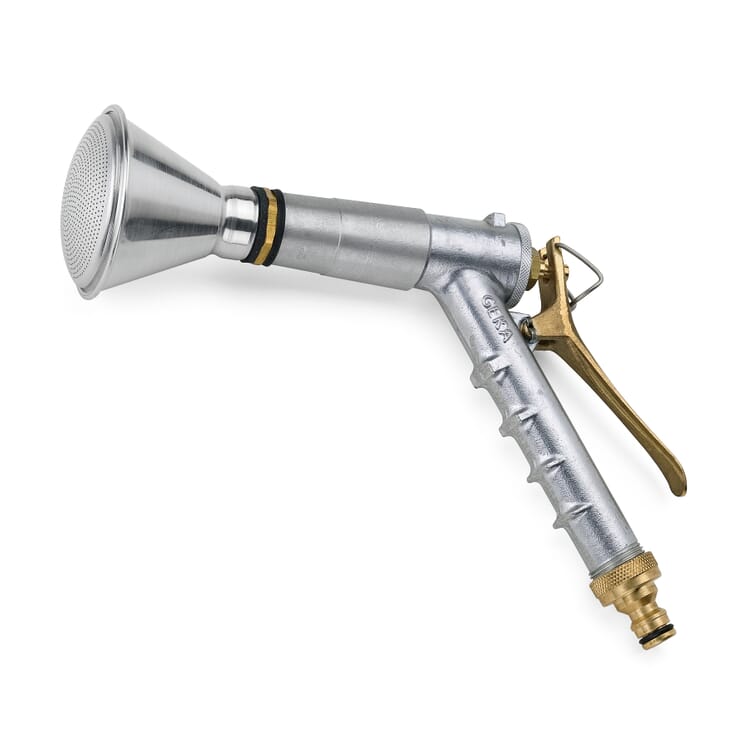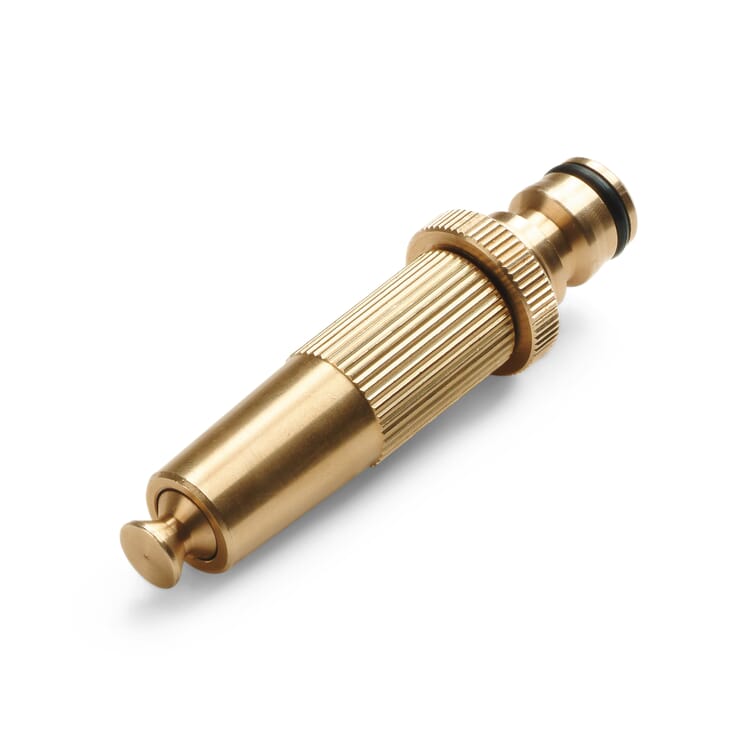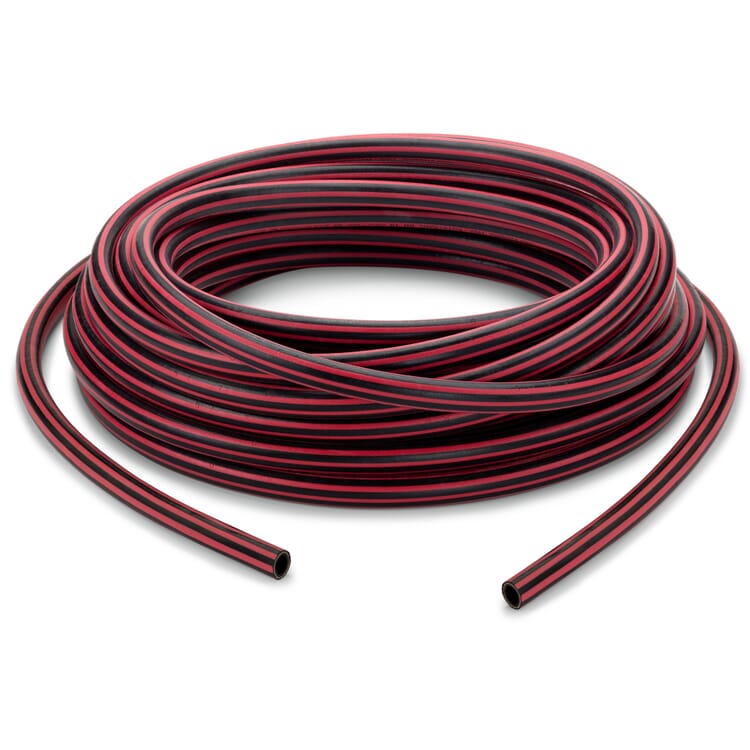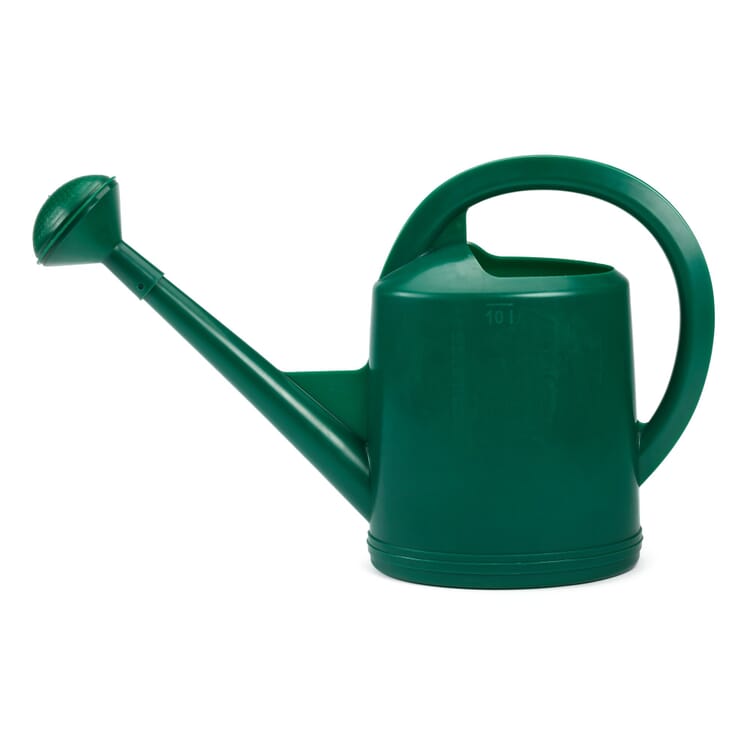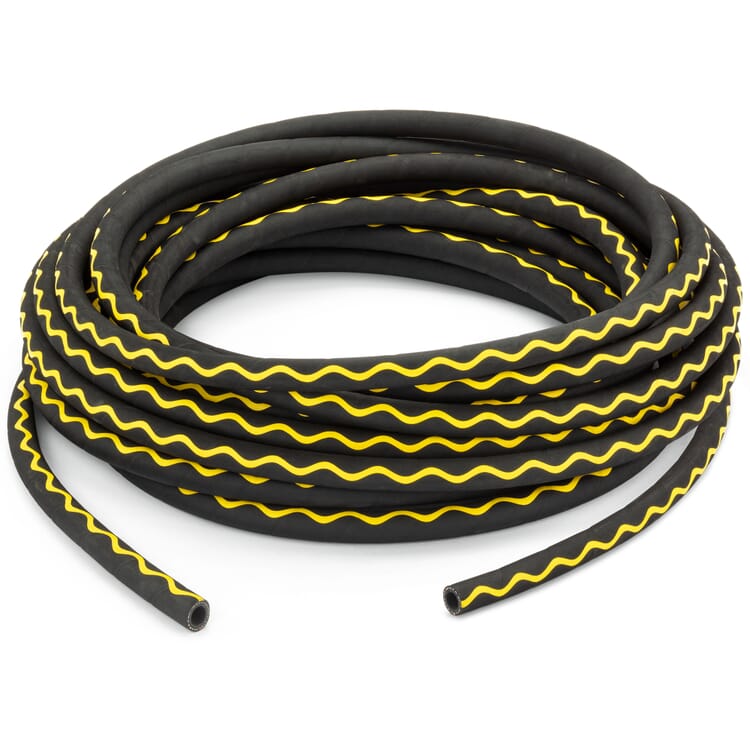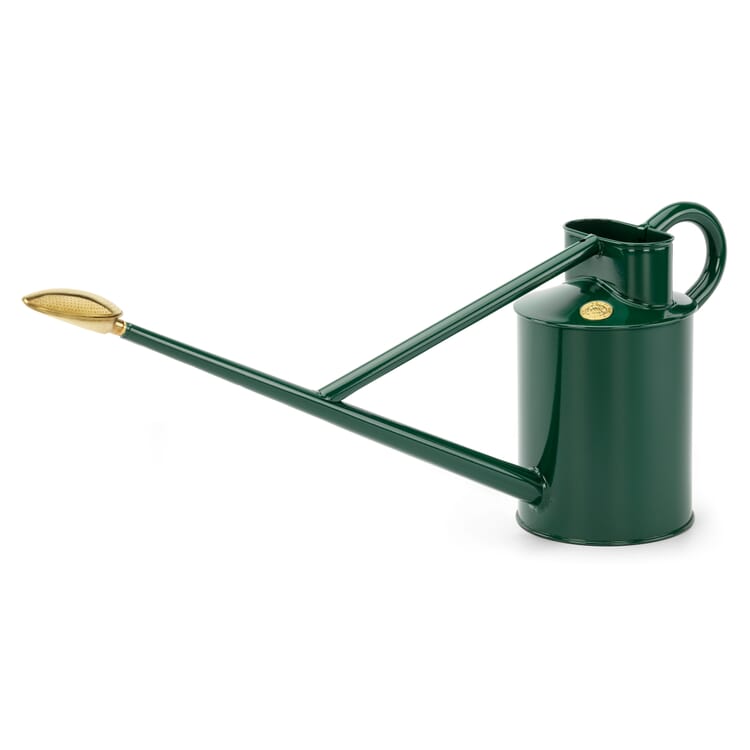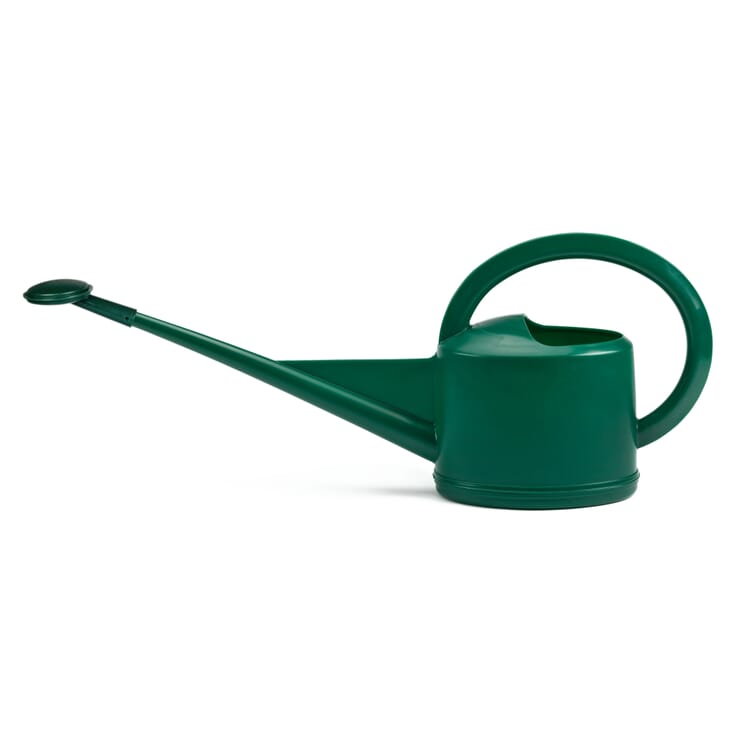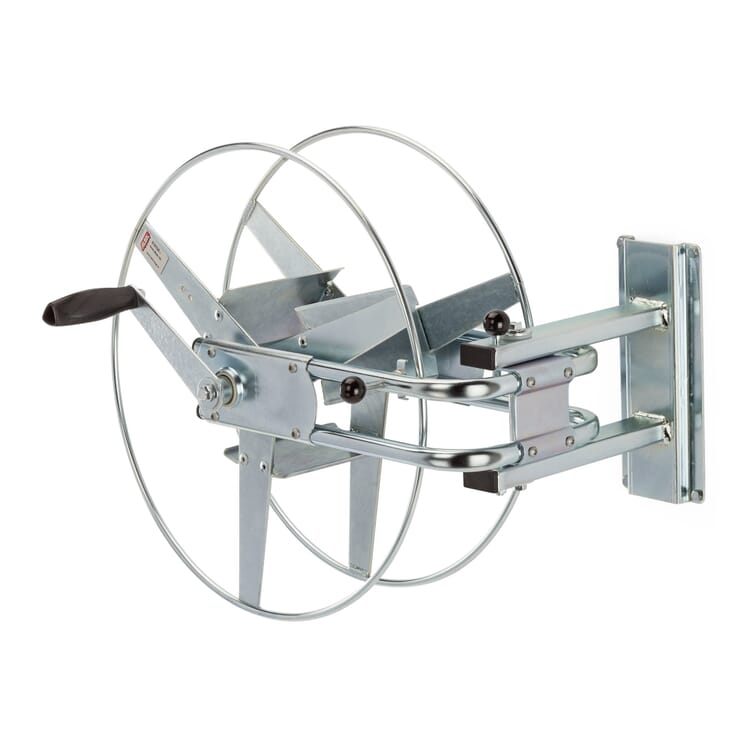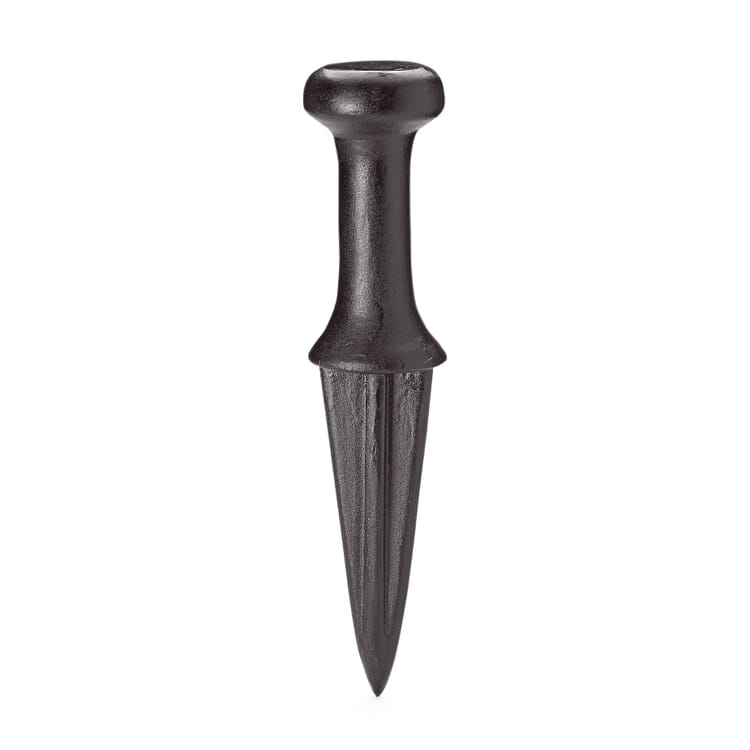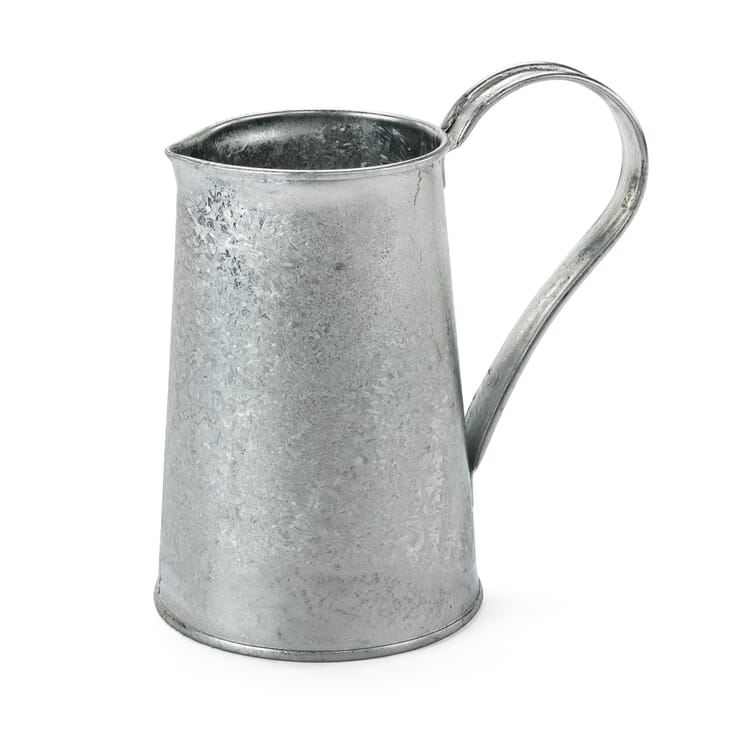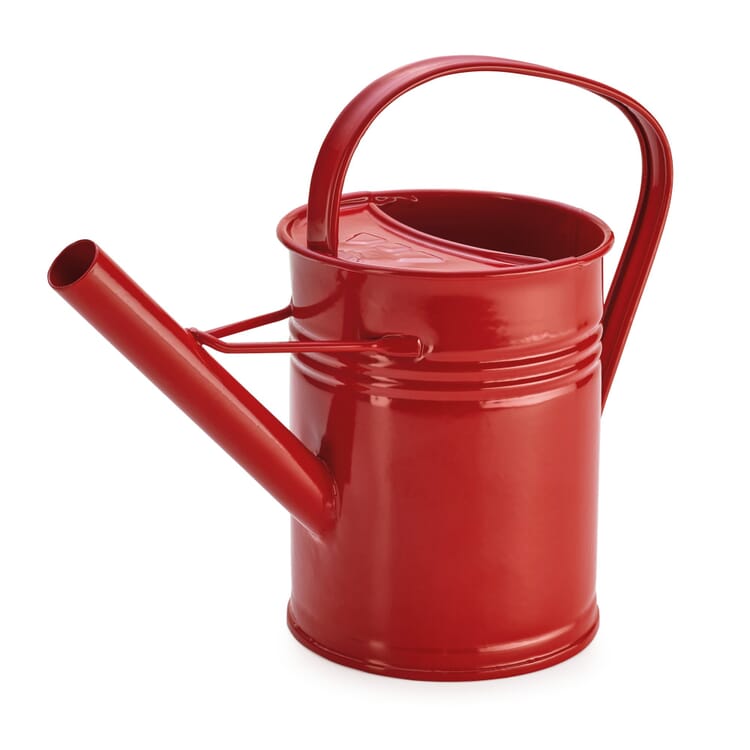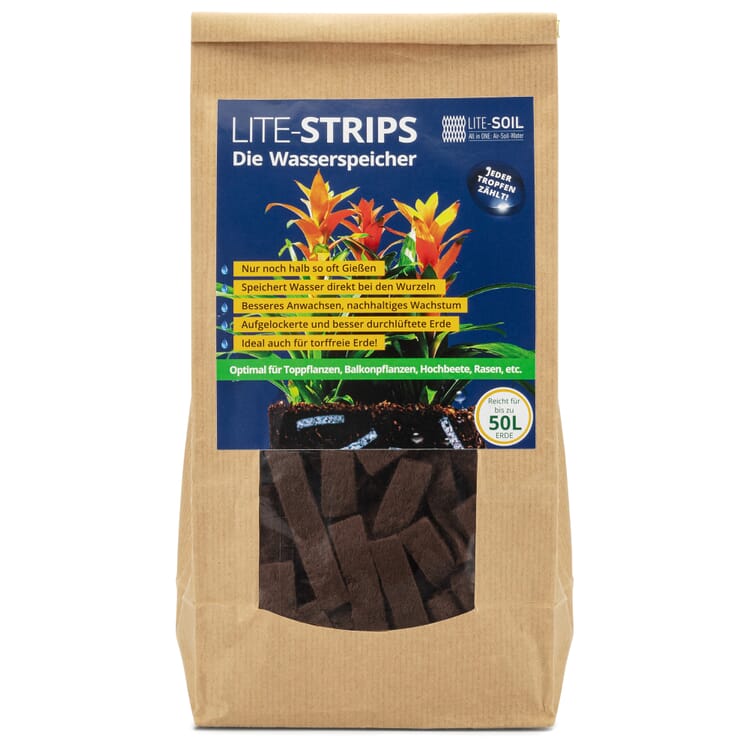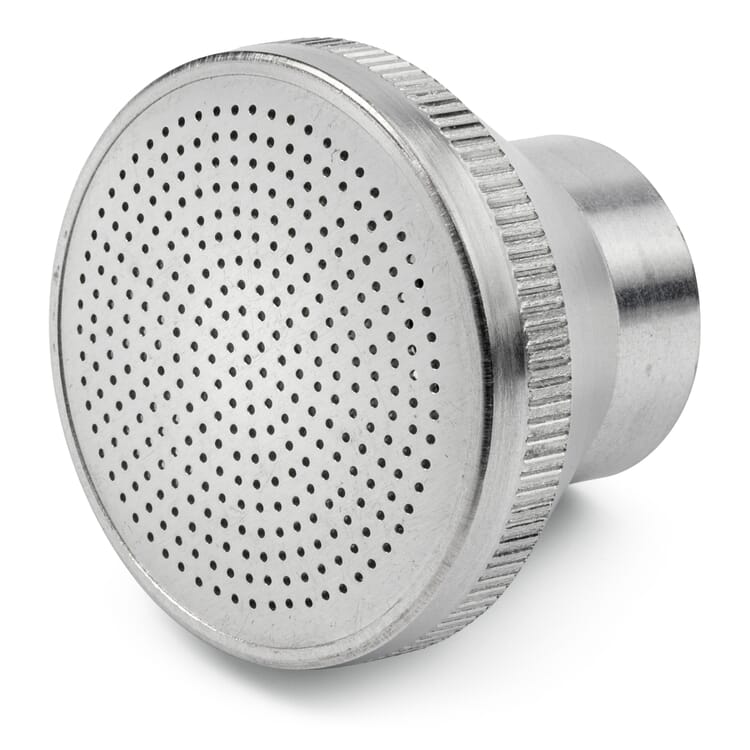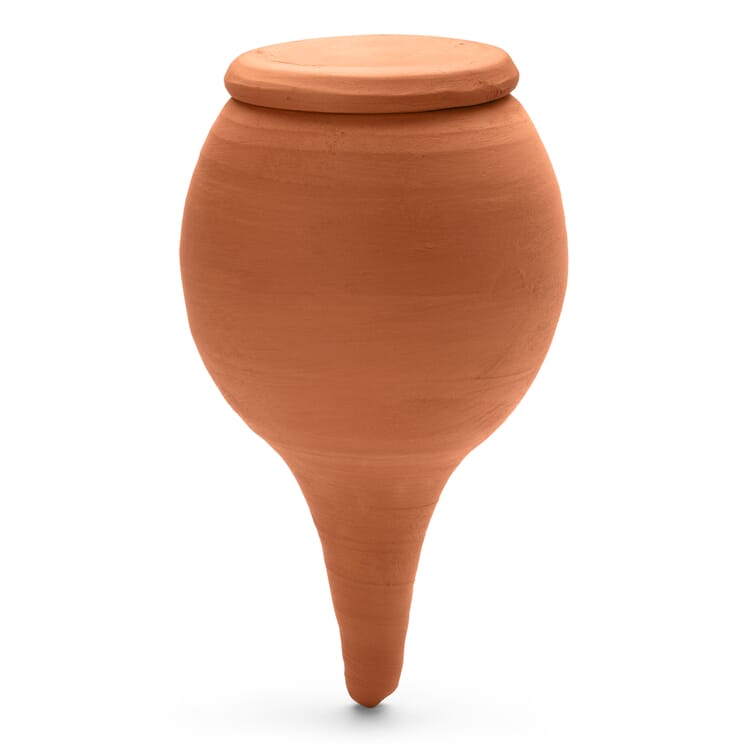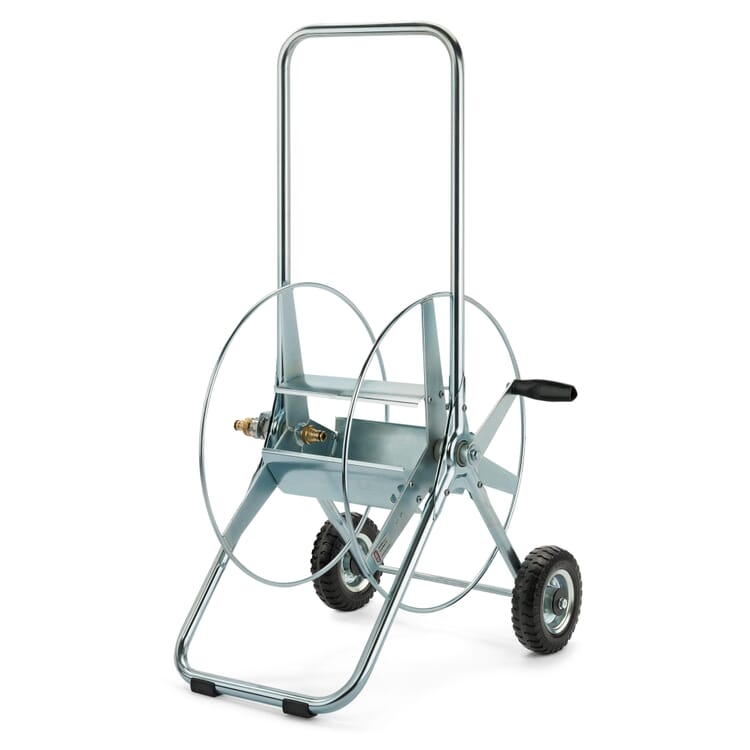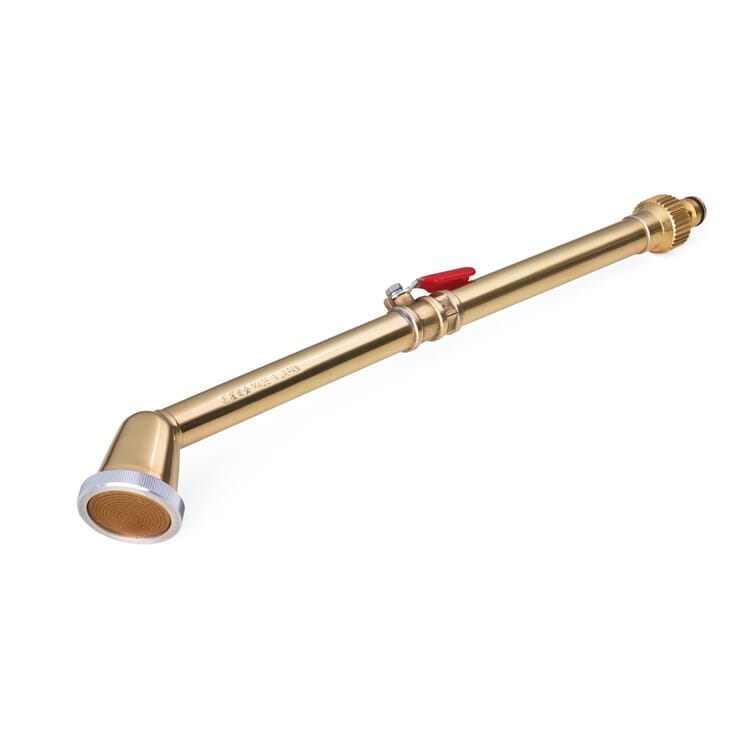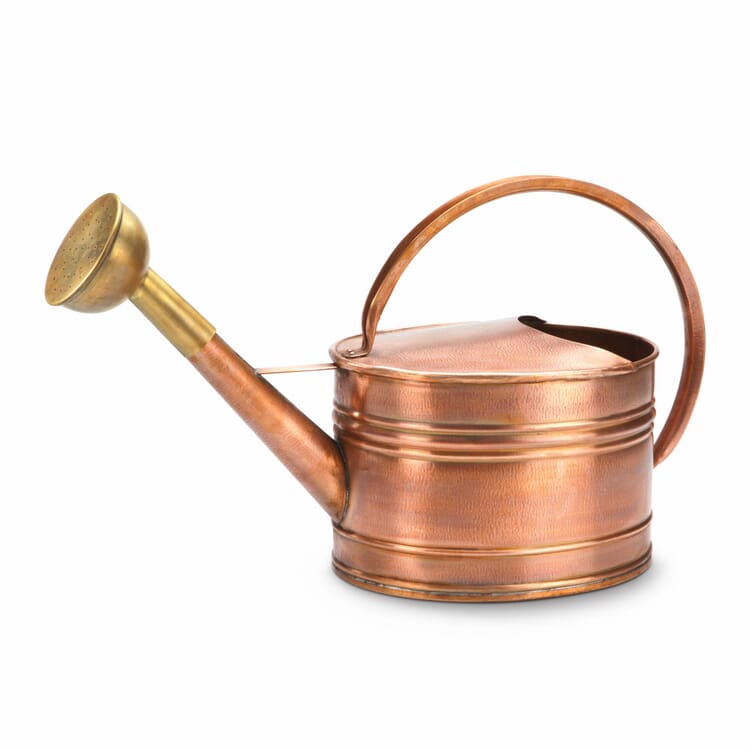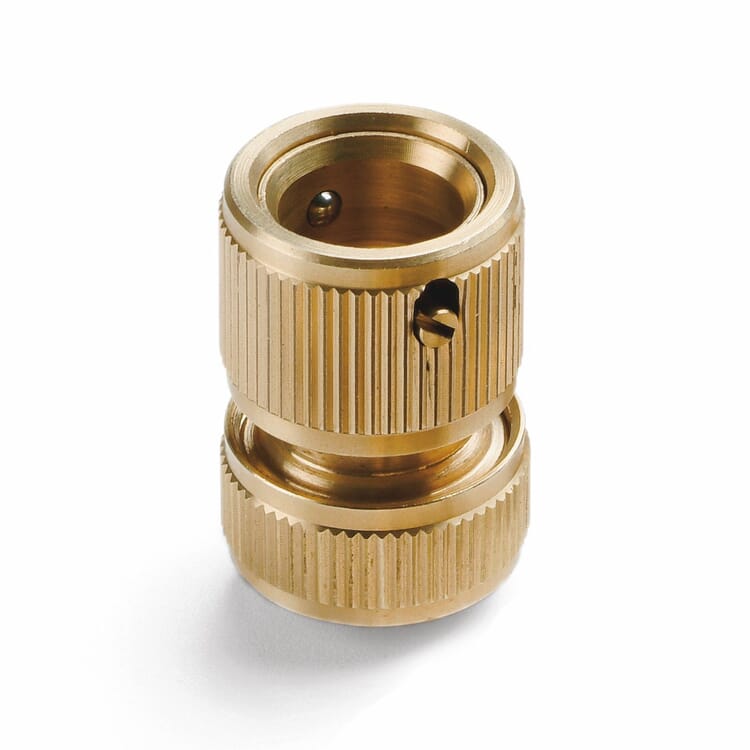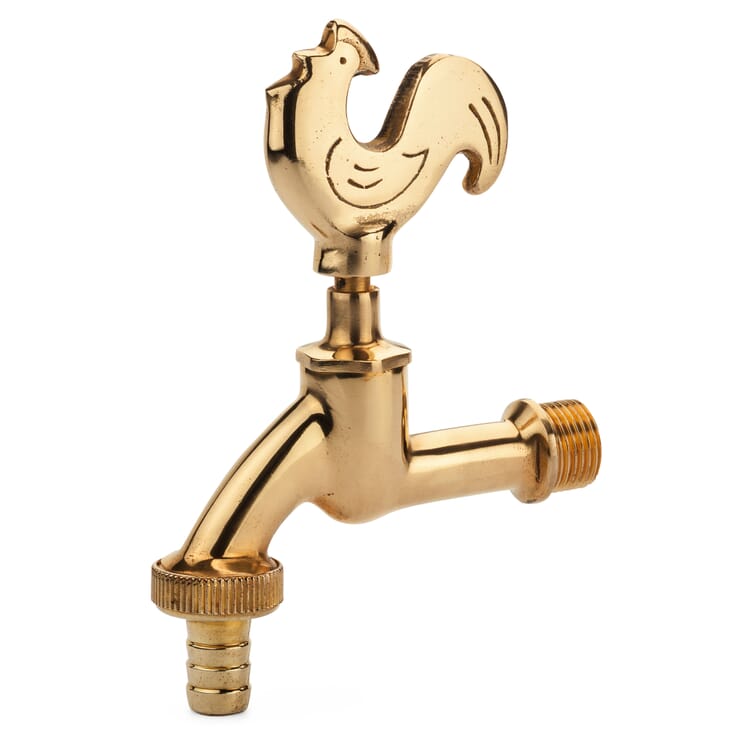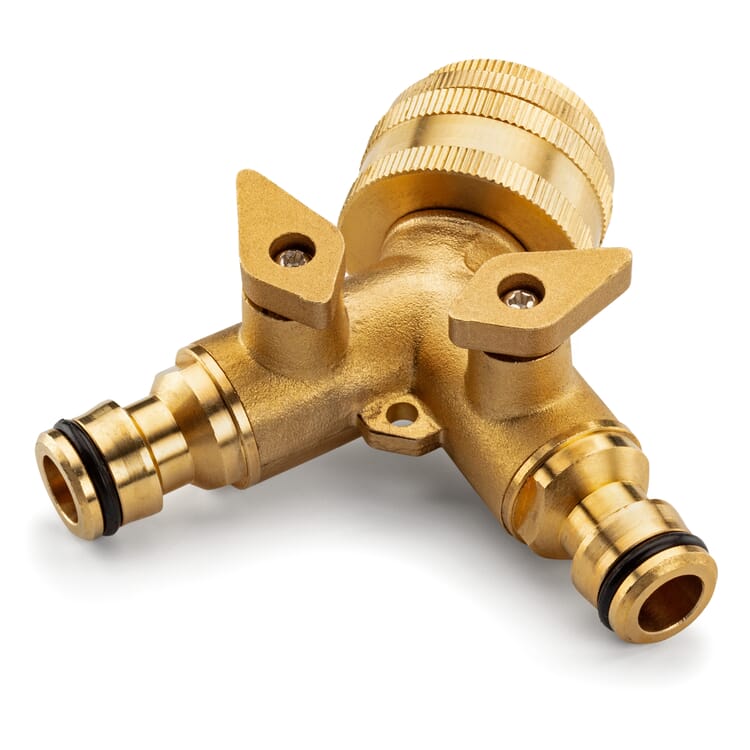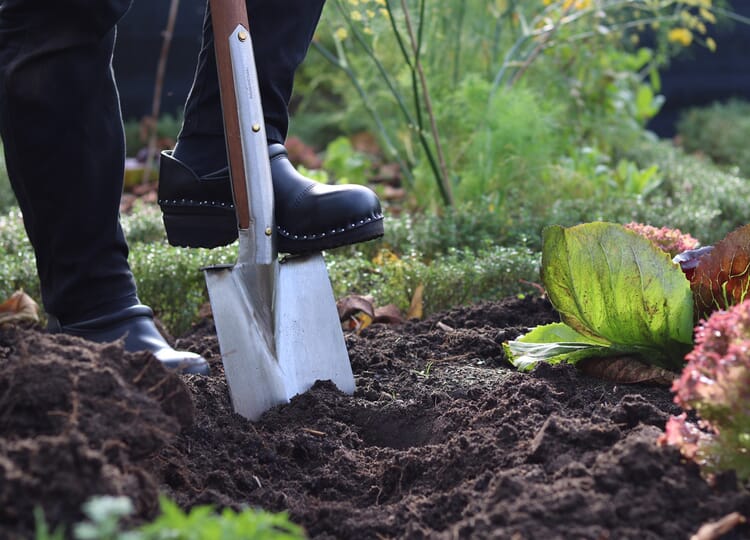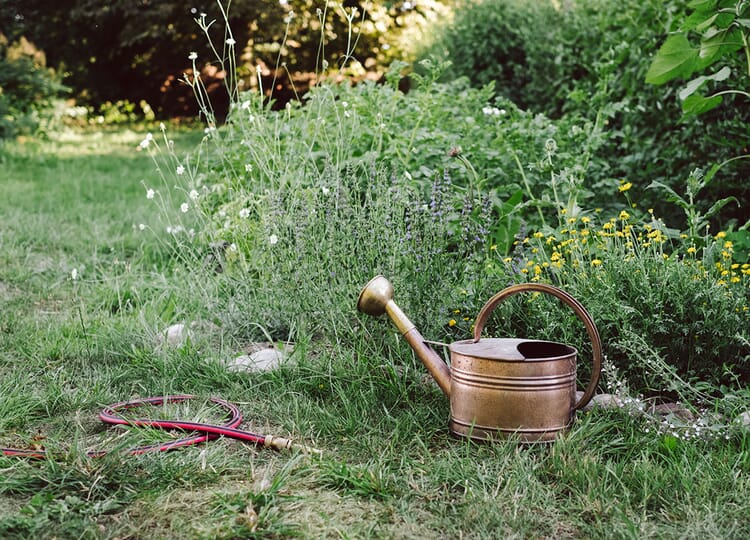Mindful Watering Techniques
Water is a precious resource that is becoming scarcer and therefore more expensive in many regions and should be used as sparingly as possible. Nevertheless, during longer periods of drought in both vegetable and ornamental gardens, it is essential to apply water if you do not want to miss out on the harvest and flowering splendor. In addition to the pure water requirements of the plants, it should also be noted that nutrients can only be broken down into a form that is available to the plants if the soil is sufficiently moist. In order to keep water consumption as low as possible - this is especially true when using tap water - various measures should be taken: those that reduce water requirements from the outset, as well as the use of the right irrigation strategies that ensure the greatest possible benefit for the plants.
Matching products
Recommended Topics
Taking care of the soil is an important part of annual gardening - after all, a stable, crumbly structure with sufficient humus is the basis for plants to grow and thrive. Loosening, aerating, weeding, hoeing and leveling the beds, incorporating compost or fertilizer, and, before a new border can be established, digging up: For each of these activities you will find in our garden range specialized tools forged in carbon steel or stainless steel, suitable for their function.
View moreAll good things come from above, especially water - and at least in our latitudes, where plants mainly meet their needs with rainwater. However, especially during longer periods of drought, we often cannot avoid having a water hose and watering cans at the ready. If it's not pouring out of buckets, then at least watering cans are available. We have some excellent advice and tips on optimal watering for you.
View more
